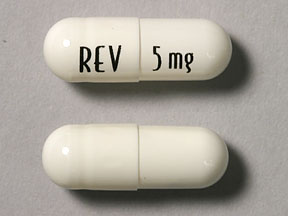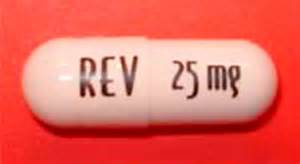Hi David- So, I had biopsy a few weeks ago and follow up meeting with my doctor. Now, biopsy results are good (attached) and my doctor says she wants to take me off low-dose Revlimid maintenance (LDRM) for good.
My question to you is – How about patients being taken off Revlimid two years after stem cell transplant?
I am working with a long-term myeloma survivor named Brian. Not his real name. Brian’s question above happened to be coincide with the study linked and excerpted below so I thought I would write a blog post about the issue- how long should myeloma patients stay on low-dose revlimid maintenance therapy?
As is often the case with multiple myeloma. There two very different answers.
- Patients stay on low-dose revlimid maintenance until they progress (relapse) or until they can’t take the side effects any longer.
- Patients stay on low-dose revlimid maintenance for two years IF they remain in complete remission the entire time.
The study linked below deals specifically with the second answer. Brian is being taken off LDRM therapy because he as been in complete remission ever since he had an autologous stem cell transplant two years ago.
As you can see, I’ve written many posts about LDRM. I can think of few issues that are more important to the newly diagnosed myeloma patient. As will all conventional therapies, there are very real pros and cons with low-dose remlimid maintenance therapy.
To learn more about low-dose revlimid maintenance therapy- click the links below
Please understand that I know of few MM survivors who are able to sustain complete remission post ASCT for two years.
Have you been diagnosed with multiple myeloma? What are your symptoms? Stage? Let me know- David.PeopleBeatingCancer@gmail.com
David Emerson
- MM Survivor
- MM Cancer Coach
- Director PeopleBeatingCancer
“The lack of established curative therapies however leads to relapse and consequently, the current treatment paradigm is focused on using maintenance therapy to prolong and improve initial treatment response2…
Members of our study team recently published the results of phase II clinical trial investigating the dynamics of minimal residual disease (MRD) during lenalidomide maintenance therapy for patients with newly diagnosed MM following unrestricted induction therapy5.
In this trial, it was demonstrated that achieving sustained MRD negativity, defined as two consecutive negative measurements at least 1 year apart during maintenance therapy, is strongly associated with prolonged PFS. It was found that compared to patients with sustained MRD negativity, patients who lost MRD negativity after one year of maintenance were 14 times more likely to progress than those who sustained MRD negativity.
In fact, patients who sustained MRD negativity for 2 years (n = 34) had no recorded disease progression at a median of 19.8 months (95% CI 15.8–22.3) past the 2-year maintenance landmark…
Since one of the mechanisms of action of lenalidomide is to enhance cell-mediated immunity by stimulating proliferation and activation of T cells and natural killer (NK) cells13, we hypothesized that the duration of the clinical response may also be driven by features of the immune microenvironment.
In support of this, a recent study focusing on myeloma precursor conditions, monoclonal gammopathy of undetermined significance (MGUS) and smoldering MM (SMM), found substantial transcriptional and compositional changes in the bone marrow microenvironment during progression from a healthy state, to precursor MM, and then active disease14.
Therefore, we conducted a comprehensive investigation of the immune landscape in patients with newly diagnosed MM receiving lenalidomide as maintenance therapy. Using longitudinally collected bone marrow and peripheral blood samples before and during lenalidomide treatment, we performed an exploratory, secondary analysis of our previously published clinical trial to elucidate the roles of the immune cell subsets and T-cell repertoire…
n summary, the host immune system is critical for the eradication of tumor cells both directly and through its interaction with immunotherapy. Through comprehensive immune profiling of the bone marrow and blood from patients with newly diagnosed MM receiving lenalidomide as maintenance, we uncovered distinct differences in immune cell composition specific to patients with sustained MRD negativity that vary according to exposure to high-dose melphalan…
Our findings support the hypothesis that the immune microenvironment influences the duration of treatment response and suggests that the immune system of patients achieving a durable remission may recover to a pre-malignant state.




